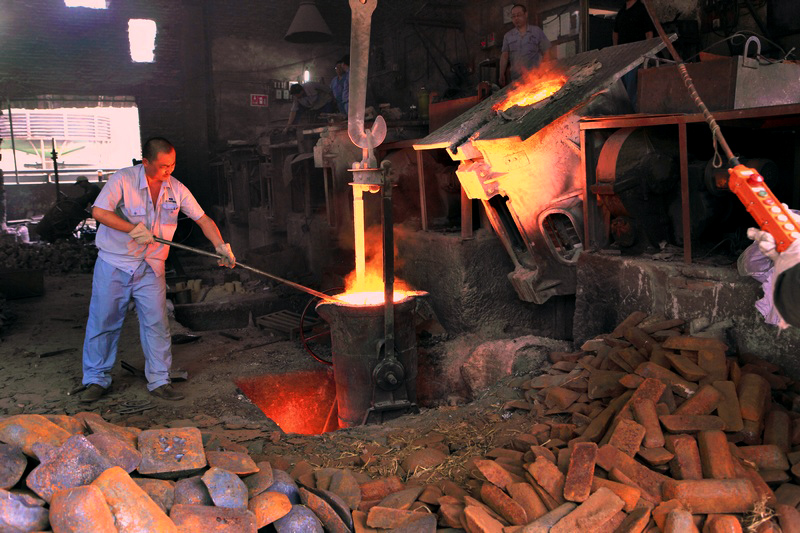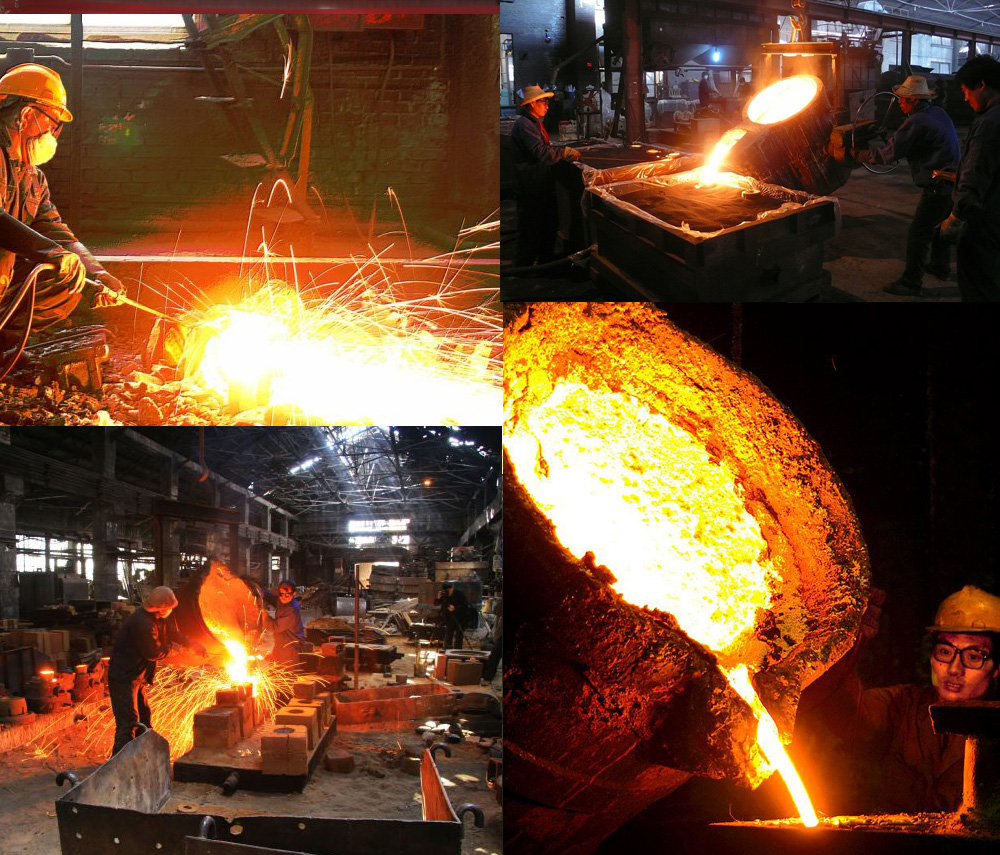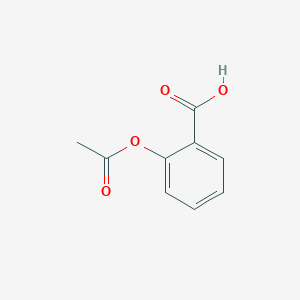The on-line detection of the role of the carbon-silicon analyzer in the casting of cast iron is always expected to know whether this package of molten iron or the molten iron of this furnace is qualified before the casting is cast, that is, the control of the quality of molten iron before the furnace. Its contents include: composition, status, and physical properties of the casting. Among them, the most important is the composition and state, it is directly related to the casting quality after casting. Therefore, the control of the quality of molten iron is a key link in modern casting production. Kirin brand TS-6 furnace carbon silicon analyzer is the Kirin Science Instrument Group after years of research and the use of more than 3,000 casting companies, with higher measurement accuracy, more stable performance, is China's current improvement in production quality and increase production efficiency. The foundry industry involves a very wide range of professional industries. There are many influencing factors, and the production process is very difficult to control. The use of testing equipment is the first problem to be solved in the improvement of product quality in China's foundry industry. Casting casting site 1. Empirical Discriminant Method: Currently some SMEs are still using, there are the following methods: determine the composition and status of molten iron through the surface state of molten iron and the state of molten iron flow; determine the carbon content and castings through the front triangle test piece Mechanical performance is good or bad; through the furnace slag state analysis to determine the furnace condition and the burning of chemical elements and so on. The advantages of these methods are simple and easy, with little cost increase, but the disadvantage is that the judge's quality and technical level will interfere too much with the result, and the product quality will fluctuate unavoidably. It does not comply with the concept of reducing the human interference by modern quality control. . Casting casting site 2. The conventional chemical analysis method is characterized by low investment and reliable and reliable results. However, it is limited to a long time from sampling to the results. It usually belongs to post-examination and can only post-certify casting components. Also does not meet the concept of online inspection in modern quality control. TS-6 furnace carbon silicon analyzer test site 3, direct reading spectrometry before the furnace, it should be admitted that this is the best composition of the current furnace analysis instruments. But compared to thermal analysis: Spectral analysis, like chemical analysis, can only provide chemical components, but it cannot provide changes in the relevant state (temperature, supercooling, spheroidization rate, etc.) caused by the composition, although the direct reading spectrometer can Quickly provide dozens of reports on the content of more than a dozen ingredients, and these dozens of elements correspond to the state of hot metal. The on-site operator can only compare the elements of the report with the elements specified in the craft file. It is difficult to truly grasp the status of the material. Therefore, such a report lacks practical significance for the determination of the condition of the molten iron waiting to be poured. Due to the influences of many principles, such as the equipment principle, on-site sampling operations, and spectral analysis operations, many factories analyze the content of C% and Si% in the cast iron field, and the accuracy deviation is relatively large. Coupled with the large investment in this equipment, many manufacturers tend to use the pre-furnace carbon-silicon analyzer which is very mature in the current technology, and the furnace-side carbon-silicon analyzer has become a wise choice for pre-furnace hot metal control in the foundry industry. 4. Furnace Carbon Silicon Analyzer: In the industrialized countries, it was used for cast iron production since the 1960s. At present, domestic technology has developed quite maturely and applied widely. Different cast iron smelting methods have different smelting conditions. The performance of castings poured out from the smelted molten iron is also very different. In the comparison test of molten iron smelting in cupolas and electric furnaces, it was found that the molten iron castings in cupola melting have relatively high strength, good performance, low relative hardness, and good processing performance. The electric furnace melting molten iron has low relative strength, poor performance, relatively high hardness, and poor processing performance. Nanjing Kirin Scientific Instrument Group Co., Ltd. Testing Center February 18, 2017
Aspirin Basic Information
aspirin antidote,aspirin for acne,aspirin on acne,aspirin headache,aspirin 81 mg,aspirin 150 mg Jinan Forever Chemical Co., Ltd. , https://www.jinanforever.com


Product Name: Aspirin
CAS: 50-78-2
MF: C9H8O4
MW: 180.16
EINECS: 200-064-1
Aspirin Chemical Properties
Melting point: 134-136 °C(lit.)
Boiling point: 272.96°C (rough estimate)
Density: 1.35
Refractive index: 1.4500 (estimate)
Storage temp.: Store at RT.
Solubility H2O: 10 mg/mL at 37 °C
Form: Crystalline
Color: White
Water Solubility: 3.3 g/L (20 ºC)
Stability: Stable. Keep dry. Incompatible with strong oxidizing agents, strong bases, strong acids, various other compounds such as iodides, iron salts, quinine salts, etc.
Application:
Aspirin is a non-selective and irreversible COX-1 and COX-2 inhibitor with an IC50 of 5,210 μg/mL.

Four reasons why the foundry industry chooses an in-furnace carbon-silicon analyzer
Four reasons why the foundry industry chooses an in-furnace carbon-silicon analyzer